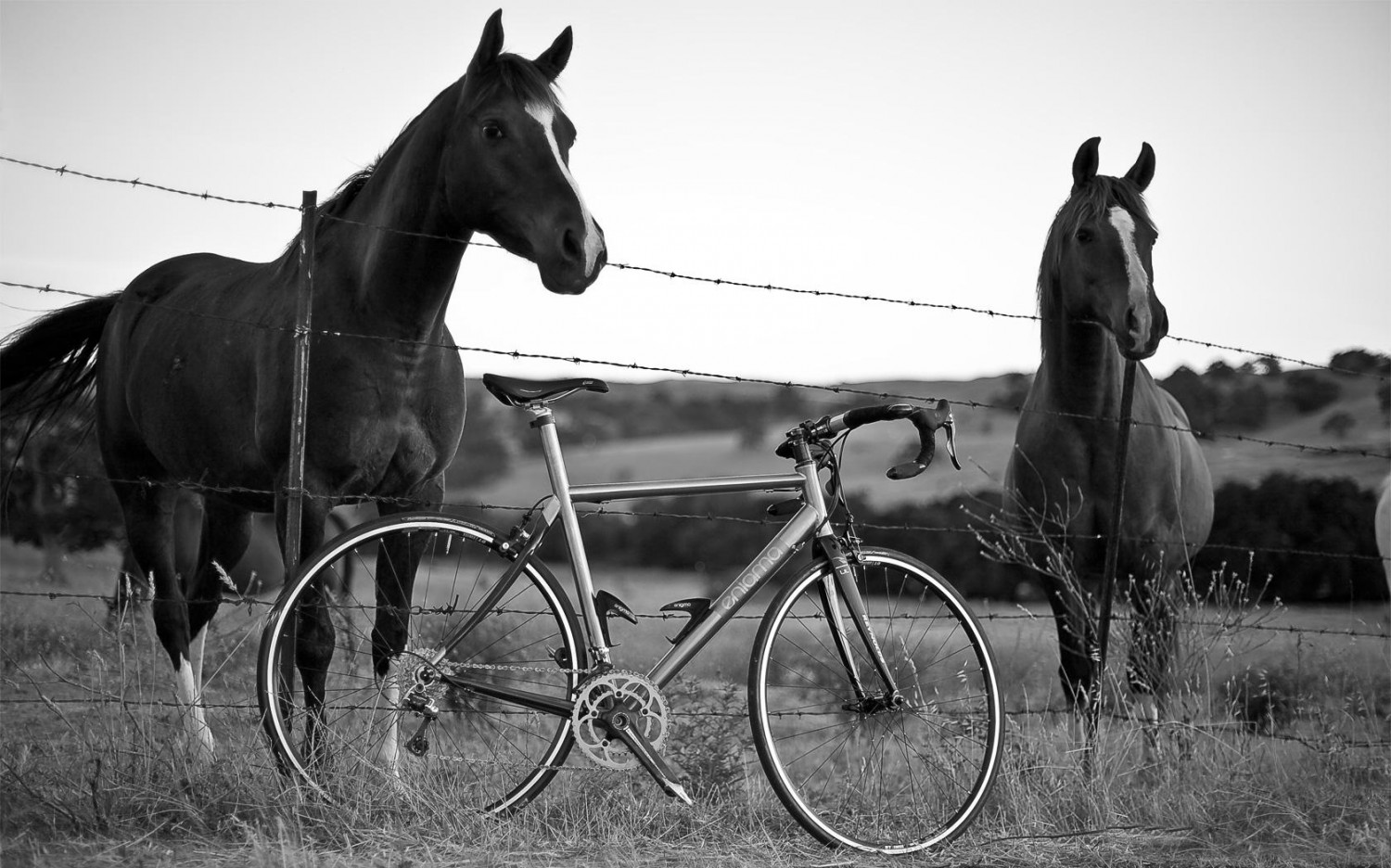An international team of Polish, Korean, American, Israeli, and Italian astronomers have announced the unusual discovery of a Venus mass planet OGLE-2013-BLG-0723LB/Bb, orbiting a cool brown dwarf star.
Both the planet and it’s brown dwarf host, are in a wide orbit around a larger stellar companion OGLE-2013-BLG-0723LA, with perhaps another, (as yet unconfirmed) much larger third stellar companion at a much larger separation distance than the two confirmed binary stellar objects.
The discovery was made using the technique of microlensing which gives astronomers reliable information about the mass of the planet : 0.69 ± 0.06 M⊕ (Earth) and it’s orbital distance : 0.34 ± 0.03 AU or 439993738 km. This distance places the planet in an orbit very similar to that of Mercury (0.38 AU) but our Sun is far hotter than this cool brown dwarf.
The microlensing event OGLE-2013-BLG-0723 was first discovered by the Optical Gravitational Lensing Experiment (OGLE-IV) in one of the starfields towards the Galactic bulge that OGLE astronomers Udalski et al. observed on May 12th 2013, using the 1.3 meter Warsaw Telescope at the Las Campanas Observatory in Chile.
The planetary system is estimated to lie some 0.49 ± 0.04 kilo parsecs towards the Galactic Center, having been identified by it’s lensing effect on a background star that is a further 6.51 kilo parsecs from Earth.
This new planetary find may prove to be very important. OGLE-2013-BLG-0723LBb is a missing link between planets and moons. This is because its brown dwarf host OGLE-2013-BLG-723LB is intermediate between stars and planets, in both size and hierarchical position.
The scaled mass and host-companion separation of this Venus-mass planet and brown dwarf host are in many ways similar to planets and moons in the solar system. That is, a Venus-mass planet orbiting a brown dwarf, may be viewed either as a scaled down version of a planet and star, or as a scaled up version of a moon and planet, orbiting a star.
So this system is an intermediate between Neptune-Triton or Jupiter-Callisto planet-moon systems, and the Sun-Mercury or the Sun-Venus star-planet systems.
It suggests that in all cases, planets and moons are formed in an accretion disk. Planets form around all types and size of star, and moons are formed in an accretion disk around planets. The process is the same, regardless of the size or scale of the individual objects.
Crash

